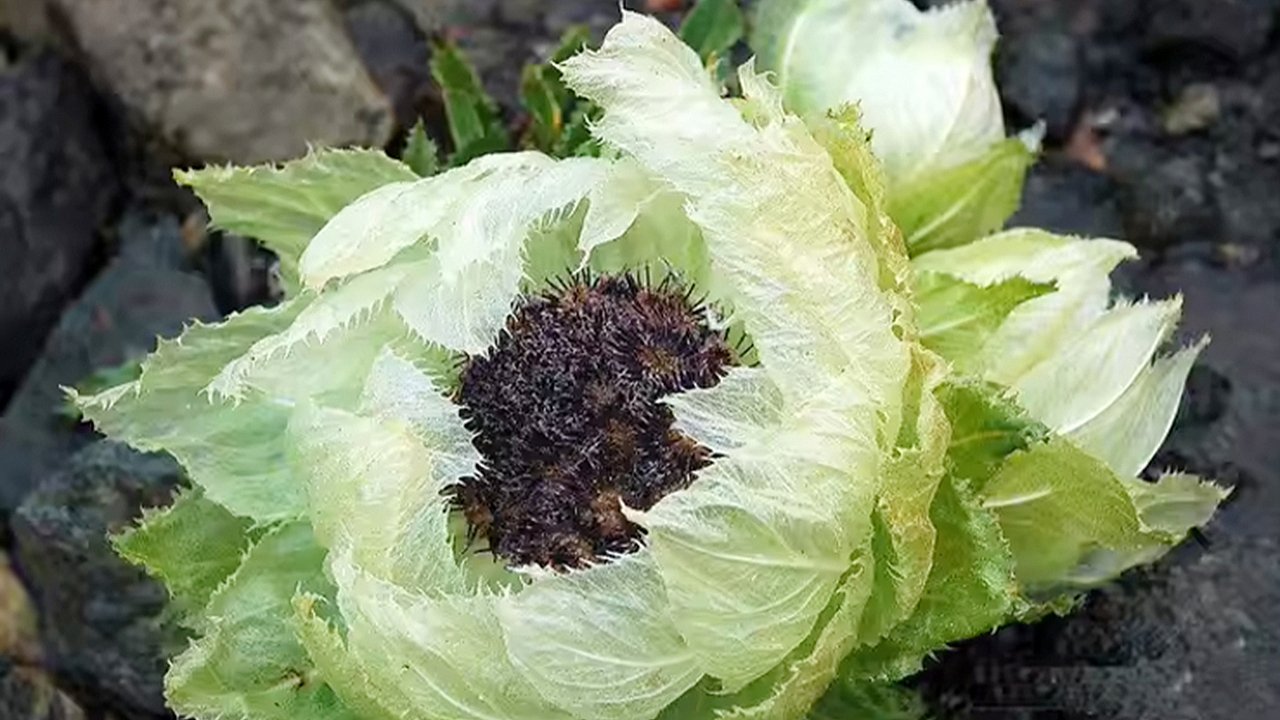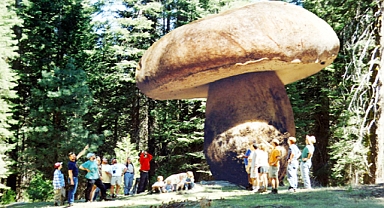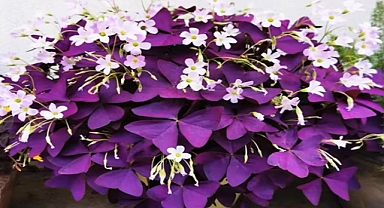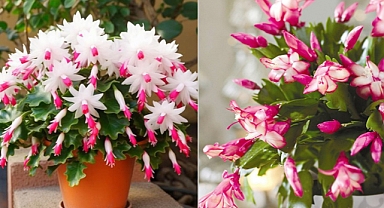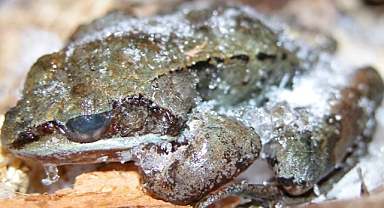The Tale of Two Snow Lotuses
High in the eastern Himalayas, above 13,000 feet (4,000 meters), two remarkable flowers thrive in rocky, frigid habitats—the heavily collected Saussurea laniceps and the seldom harvested Saussurea medusa. These rare Snow Lotuses are not just botanical marvels but carry profound cultural and medicinal significance.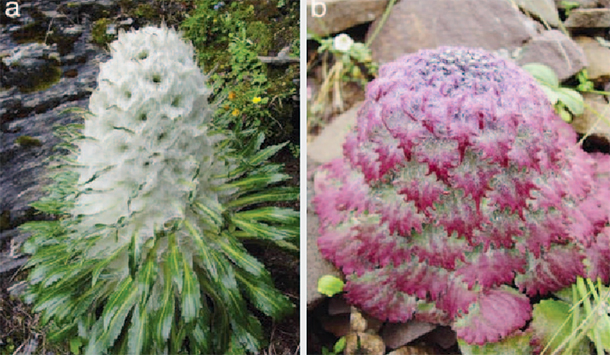 Saussurea laniceps, affectionately called “Ka Er Lai Li,” meaning "Lotus Flower in the Snow," is highly sought after by tourists for its peculiar beauty. Its fame has made it a prized souvenir, jeopardizing its existence. Found in regions like Xuelian Peak in China’s Tian Shan mountain range, this flower blooms in July and August, enduring icy winds and snow even in summer. The plant’s petals, pale green or white, surround a purple, hemispherical stamen, exuding a subtle, unique fragrance.The mountain herdsmen revere this flower as a divine omen, referring to it as the "Holy Flower." Legends say the Snow Lotus appeared when the Heavenly Queen of the Jade Lake descended to bathe at Tian Chi (Heavenly Lake). Fairies scattered the blossoms, blessing the peaks with their ethereal presence. It is believed that drinking the dewdrops from its bud brings health and longevity.
Saussurea laniceps, affectionately called “Ka Er Lai Li,” meaning "Lotus Flower in the Snow," is highly sought after by tourists for its peculiar beauty. Its fame has made it a prized souvenir, jeopardizing its existence. Found in regions like Xuelian Peak in China’s Tian Shan mountain range, this flower blooms in July and August, enduring icy winds and snow even in summer. The plant’s petals, pale green or white, surround a purple, hemispherical stamen, exuding a subtle, unique fragrance.The mountain herdsmen revere this flower as a divine omen, referring to it as the "Holy Flower." Legends say the Snow Lotus appeared when the Heavenly Queen of the Jade Lake descended to bathe at Tian Chi (Heavenly Lake). Fairies scattered the blossoms, blessing the peaks with their ethereal presence. It is believed that drinking the dewdrops from its bud brings health and longevity.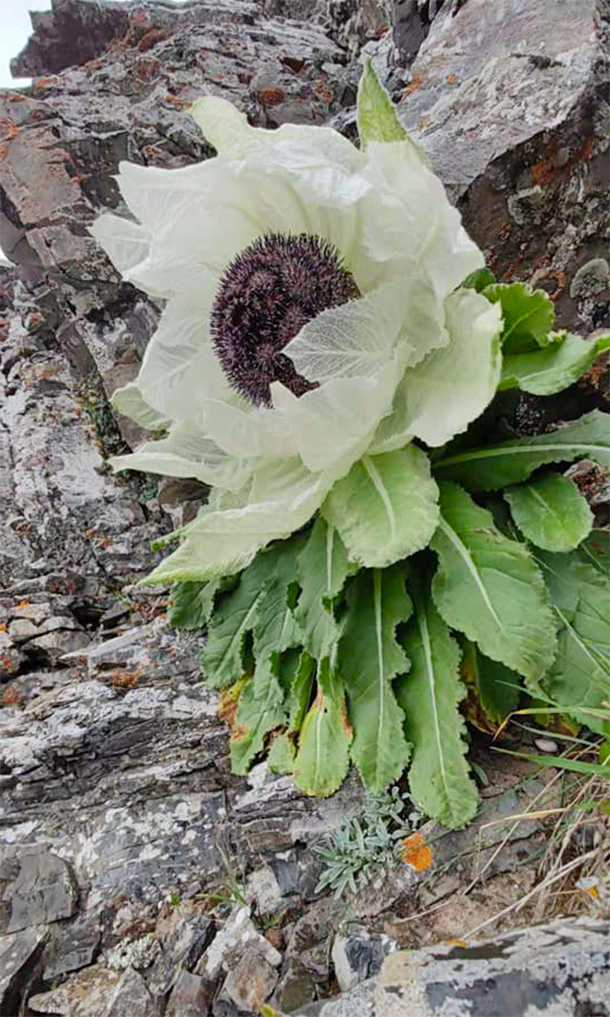 Saussurea involucrata, a close relative, has been central to traditional Chinese medicine for centuries. Its flowers and stems are renowned for treating ailments such as rheumatoid arthritis, altitude sickness, and dysmenorrhea. Modern science supports its anti-inflammatory, analgesic, and even anticancer properties. Yet its popularity, coupled with illegal harvesting, has made it increasingly rare, threatening its survival.Alarmingly, over the last century, the heavily harvested Saussurea laniceps has evolved to grow four inches shorter—a silent response to human interference. This evolutionary shift endangers its ability to thrive in the wild, underscoring the unintentional consequences of human actions.In contrast, the lesser-known Saussurea medusa quietly endures, untouched by the demand that endangers its cousin.Despite the challenges, the Snow Lotus remains a symbol of resilience, defying extinction amidst snow-covered peaks. To see one in bloom is to witness nature’s triumph against all odds—a reminder of the need to protect these fragile wonders for future generations.
Saussurea involucrata, a close relative, has been central to traditional Chinese medicine for centuries. Its flowers and stems are renowned for treating ailments such as rheumatoid arthritis, altitude sickness, and dysmenorrhea. Modern science supports its anti-inflammatory, analgesic, and even anticancer properties. Yet its popularity, coupled with illegal harvesting, has made it increasingly rare, threatening its survival.Alarmingly, over the last century, the heavily harvested Saussurea laniceps has evolved to grow four inches shorter—a silent response to human interference. This evolutionary shift endangers its ability to thrive in the wild, underscoring the unintentional consequences of human actions.In contrast, the lesser-known Saussurea medusa quietly endures, untouched by the demand that endangers its cousin.Despite the challenges, the Snow Lotus remains a symbol of resilience, defying extinction amidst snow-covered peaks. To see one in bloom is to witness nature’s triumph against all odds—a reminder of the need to protect these fragile wonders for future generations.
High in the eastern Himalayas, above 13,000 feet (4,000 meters), two remarkable flowers thrive in rocky, frigid habitats—the heavily collected Saussurea laniceps and the seldom harvested Saussurea medusa. These rare Snow Lotuses are not just botanical marvels but carry profound cultural and medicinal significance.
 Saussurea laniceps, affectionately called “Ka Er Lai Li,” meaning "Lotus Flower in the Snow," is highly sought after by tourists for its peculiar beauty. Its fame has made it a prized souvenir, jeopardizing its existence. Found in regions like Xuelian Peak in China’s Tian Shan mountain range, this flower blooms in July and August, enduring icy winds and snow even in summer. The plant’s petals, pale green or white, surround a purple, hemispherical stamen, exuding a subtle, unique fragrance.The mountain herdsmen revere this flower as a divine omen, referring to it as the "Holy Flower." Legends say the Snow Lotus appeared when the Heavenly Queen of the Jade Lake descended to bathe at Tian Chi (Heavenly Lake). Fairies scattered the blossoms, blessing the peaks with their ethereal presence. It is believed that drinking the dewdrops from its bud brings health and longevity.
Saussurea laniceps, affectionately called “Ka Er Lai Li,” meaning "Lotus Flower in the Snow," is highly sought after by tourists for its peculiar beauty. Its fame has made it a prized souvenir, jeopardizing its existence. Found in regions like Xuelian Peak in China’s Tian Shan mountain range, this flower blooms in July and August, enduring icy winds and snow even in summer. The plant’s petals, pale green or white, surround a purple, hemispherical stamen, exuding a subtle, unique fragrance.The mountain herdsmen revere this flower as a divine omen, referring to it as the "Holy Flower." Legends say the Snow Lotus appeared when the Heavenly Queen of the Jade Lake descended to bathe at Tian Chi (Heavenly Lake). Fairies scattered the blossoms, blessing the peaks with their ethereal presence. It is believed that drinking the dewdrops from its bud brings health and longevity. Saussurea involucrata, a close relative, has been central to traditional Chinese medicine for centuries. Its flowers and stems are renowned for treating ailments such as rheumatoid arthritis, altitude sickness, and dysmenorrhea. Modern science supports its anti-inflammatory, analgesic, and even anticancer properties. Yet its popularity, coupled with illegal harvesting, has made it increasingly rare, threatening its survival.Alarmingly, over the last century, the heavily harvested Saussurea laniceps has evolved to grow four inches shorter—a silent response to human interference. This evolutionary shift endangers its ability to thrive in the wild, underscoring the unintentional consequences of human actions.In contrast, the lesser-known Saussurea medusa quietly endures, untouched by the demand that endangers its cousin.Despite the challenges, the Snow Lotus remains a symbol of resilience, defying extinction amidst snow-covered peaks. To see one in bloom is to witness nature’s triumph against all odds—a reminder of the need to protect these fragile wonders for future generations.
Saussurea involucrata, a close relative, has been central to traditional Chinese medicine for centuries. Its flowers and stems are renowned for treating ailments such as rheumatoid arthritis, altitude sickness, and dysmenorrhea. Modern science supports its anti-inflammatory, analgesic, and even anticancer properties. Yet its popularity, coupled with illegal harvesting, has made it increasingly rare, threatening its survival.Alarmingly, over the last century, the heavily harvested Saussurea laniceps has evolved to grow four inches shorter—a silent response to human interference. This evolutionary shift endangers its ability to thrive in the wild, underscoring the unintentional consequences of human actions.In contrast, the lesser-known Saussurea medusa quietly endures, untouched by the demand that endangers its cousin.Despite the challenges, the Snow Lotus remains a symbol of resilience, defying extinction amidst snow-covered peaks. To see one in bloom is to witness nature’s triumph against all odds—a reminder of the need to protect these fragile wonders for future generations.